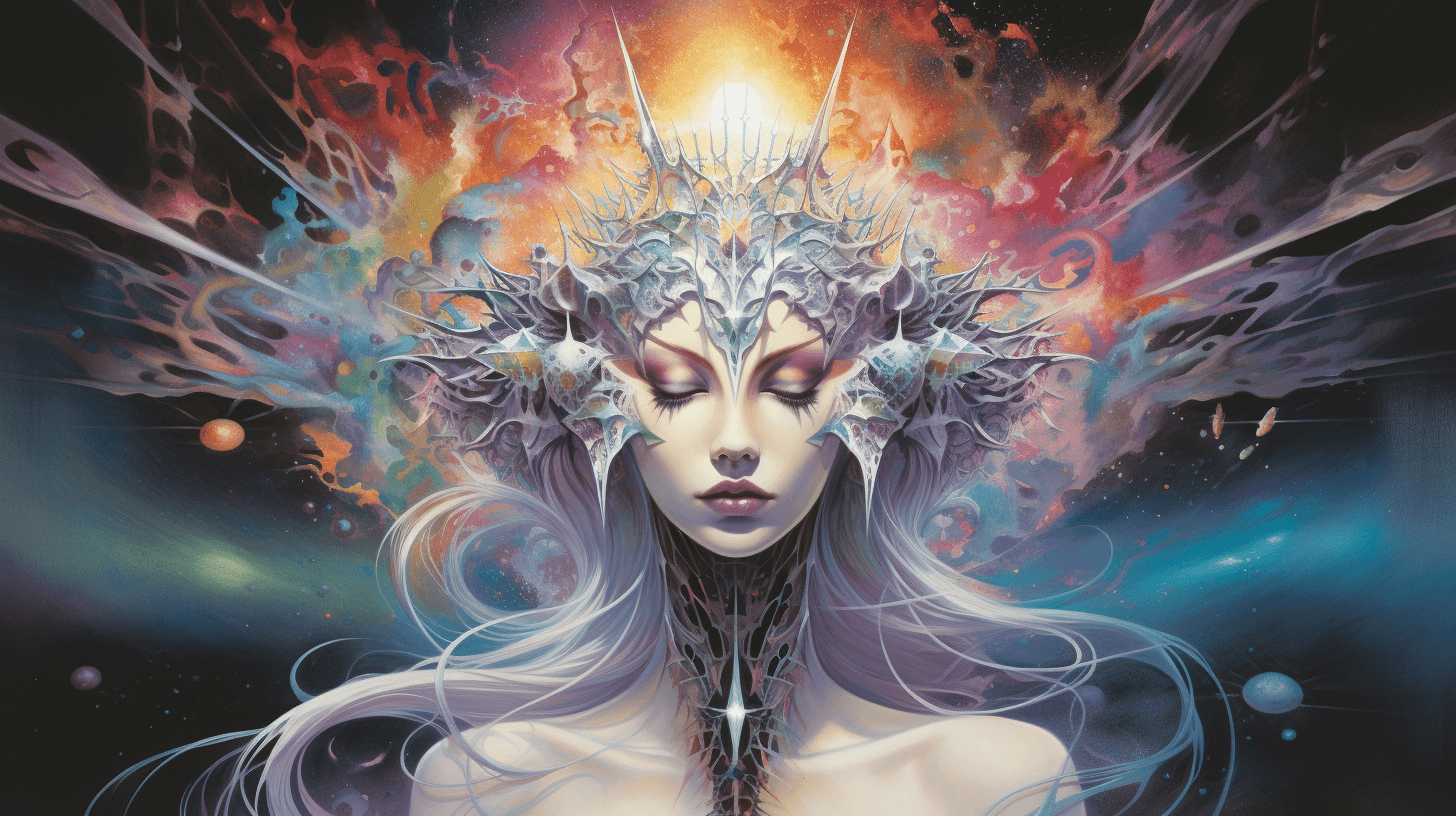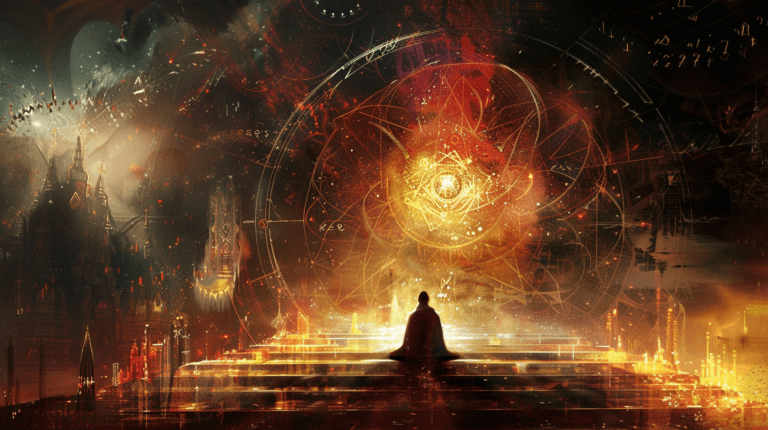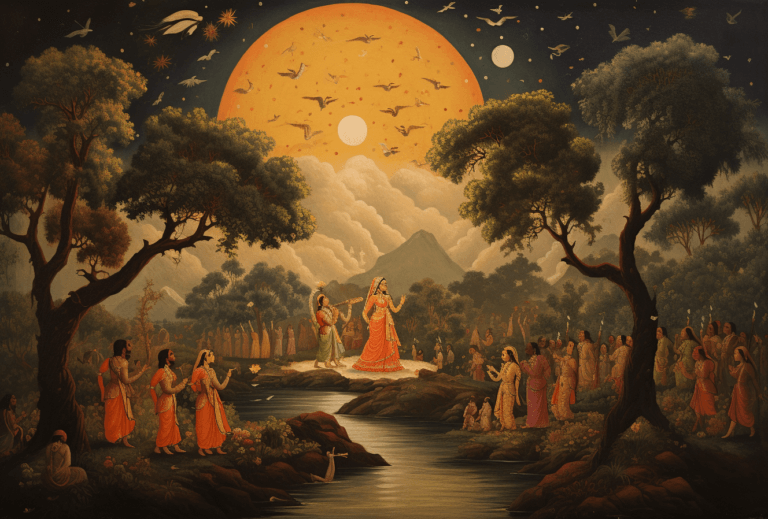Visions and Trance States: Exploring their Significance in Occult Practices and Religious Traditions
Introduction:
Visions and trance states have long captivated the human imagination, serving as gateways to profound spiritual experiences. These altered states of consciousness play a significant role in occult practices and religious traditions worldwide. From ancient rituals to modern spiritual pursuits, visions and trance states offer individuals a profound connection to the divine, expanded awareness, and transformative insights. In this article, we will delve into the fascinating realm of visions and trance states, exploring their use in the occult and religion.
Understanding Visions and Trance States:
Visions and trance states are altered states of consciousness characterized by a heightened awareness and a shift in perception. In these states, individuals may experience vivid mental images, encounters with spiritual beings, and a sense of being transported beyond ordinary reality. Such states can be induced through various means, including meditation, rhythmic music, dance, chanting, breathwork, or the use of psychoactive substances. Regardless of the method, the ultimate goal is to transcend the limitations of everyday consciousness and access deeper spiritual realms.
Visions and the Occult:
- Divination: Visions are frequently employed in divinatory practices within the occult. Divination methods such as scrying, tarot reading, and crystal gazing aim to evoke visions or symbols that provide insights into the past, present, or future. The practitioner enters an altered state to receive messages from the divine or the subconscious mind.
- Astral Projection: Occult practitioners often use visions to explore the astral realm—a plane of existence beyond the physical world. Through astral projection, individuals consciously leave their bodies and journey into higher dimensions, connecting with spiritual entities, guides, or exploring different realms of existence.
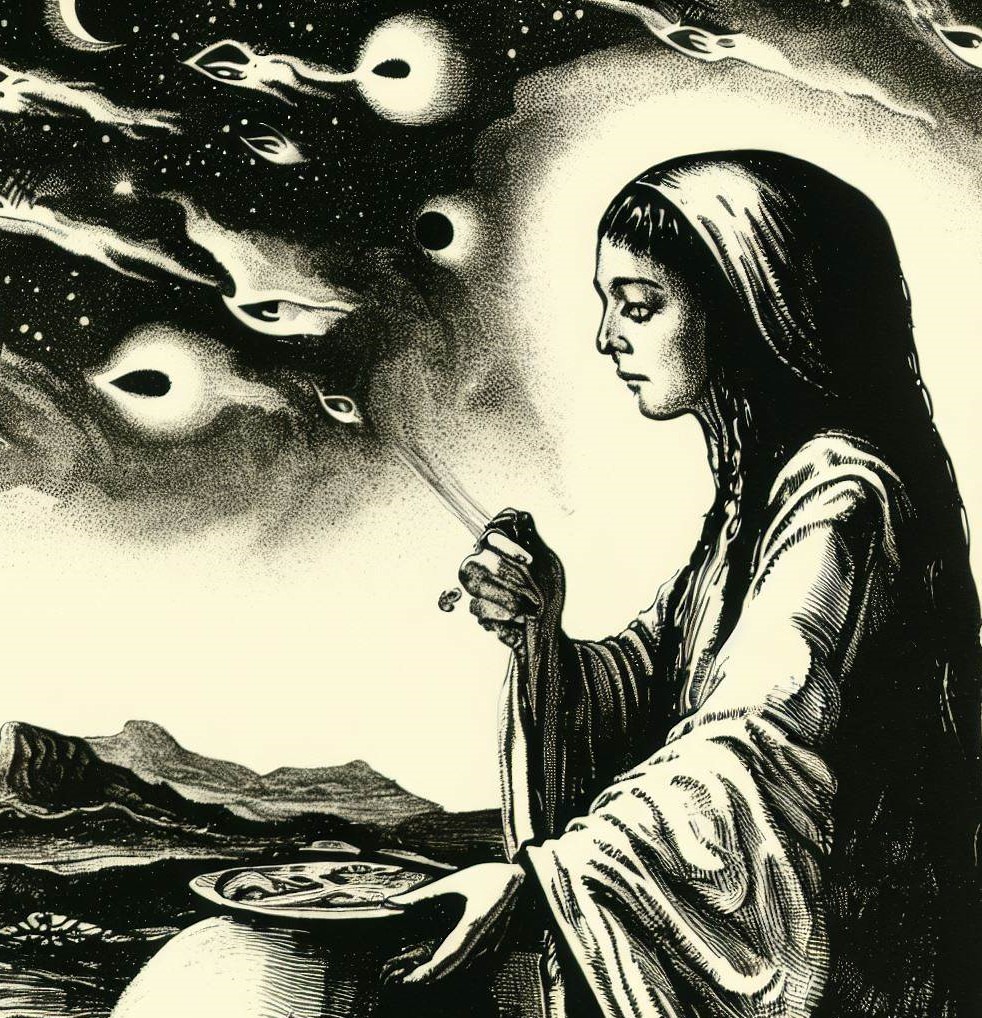
Trance States in Religious Traditions:
- Shamanism: Shamanic traditions across cultures utilize trance states to connect with spirits, gods, and ancestors. Shamans enter altered states through drumming, chanting, or ingestion of psychoactive plants to embark on spiritual journeys, retrieve information, heal the sick, or mediate between the human and spirit realms.
- Mystical Practices: Various religious mystics, such as Sufi whirling dervishes or Christian ecstatics like the Desert Fathers, sought transcendent experiences through trance states. By engaging in intense prayer, chanting, or physical exertion, they aimed to attain union with the divine, achieve mystical insights, and experience profound spiritual ecstasy.
- Possession and Channeling: In some religious traditions, trance states facilitate possession by spirits or deities. Practitioners willingly surrender control of their bodies to allow spiritual entities to manifest and communicate through them. This phenomenon can be observed in practices like Haitian Voodoo, Brazilian Candomblé, or Korean shamanism.
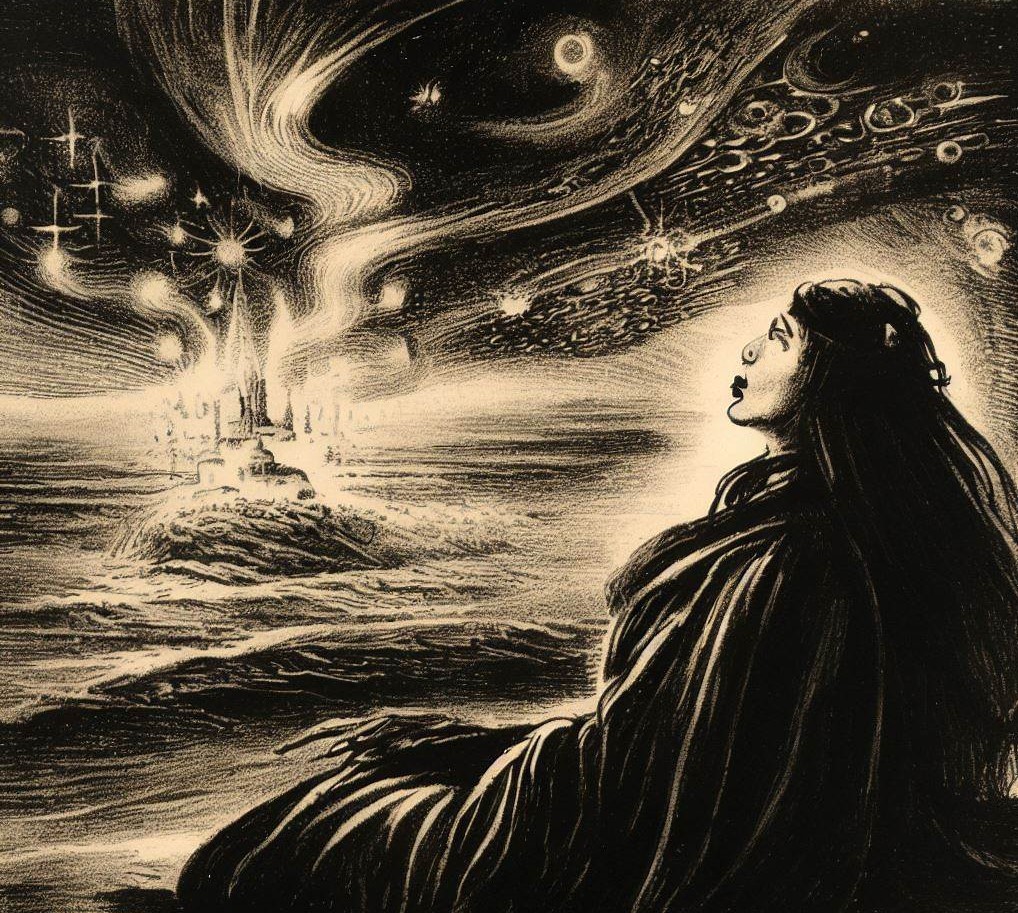
Interpreting Visions and Trance States:
The interpretation of visions and trance experiences varies across occult and religious traditions. Symbolism, personal intuition, and cultural context all influence the understanding of these encounters. Some practitioners believe visions to be direct messages from divine beings, while others view them as manifestations of the subconscious mind or archetypal symbols reflecting universal truths. Regardless of interpretation, the transformative impact of these experiences often shapes individuals’ beliefs, practices, and spiritual growth.
Caution and Responsibility:
Engaging in visions and trance states requires caution and responsibility. These practices can be powerful and intense, potentially leading to psychological or emotional challenges if not approached with care. It is essential to undertake such practices under the guidance of experienced teachers, mentors, or within the context of a supportive community.
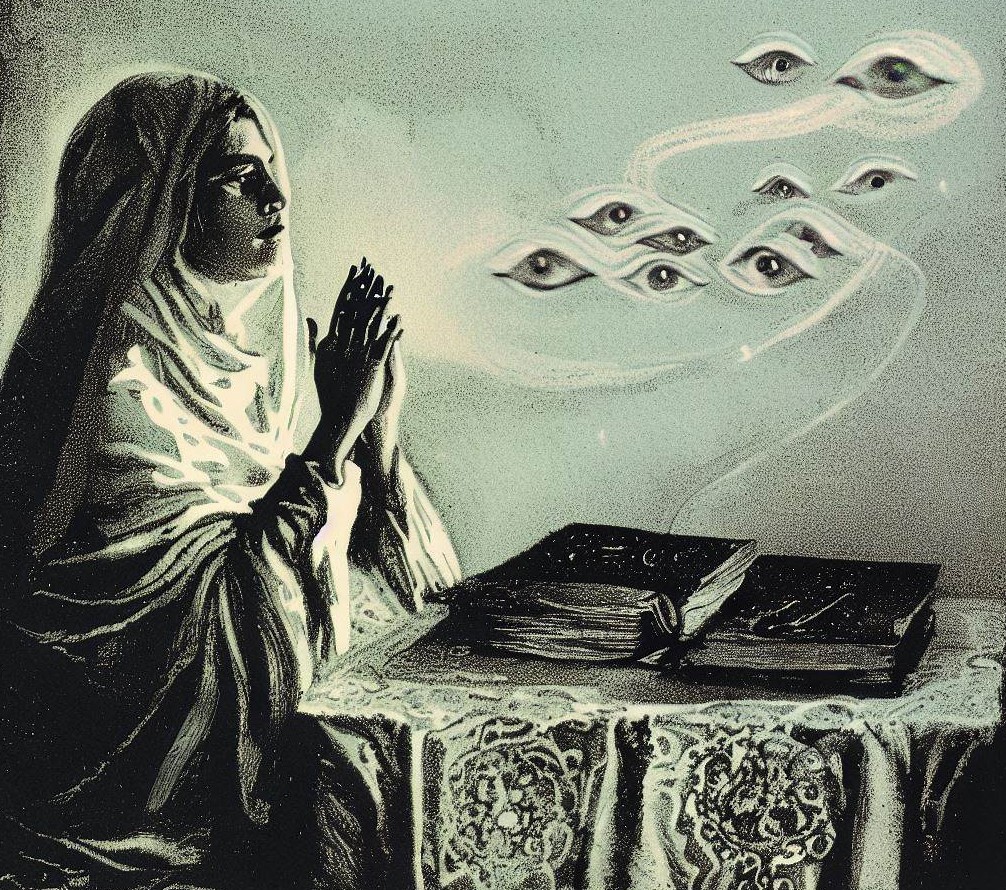
Conclusion:
Visions and trance states hold immense significance in both occult practices and religious traditions worldwide. By entering altered states of consciousness, individuals open themselves to profound spiritual experiences, transcending ordinary reality and connecting with the divine. Whether used for divination, astral exploration, mysticism, or possession, visions and trance states serve as gateways to the numinous and offer seekers transformative insights into the mysteries of existence. Embracing these practices with reverence and understanding can enhance spiritual growth and deepen one’s connection to the unseen realms.
